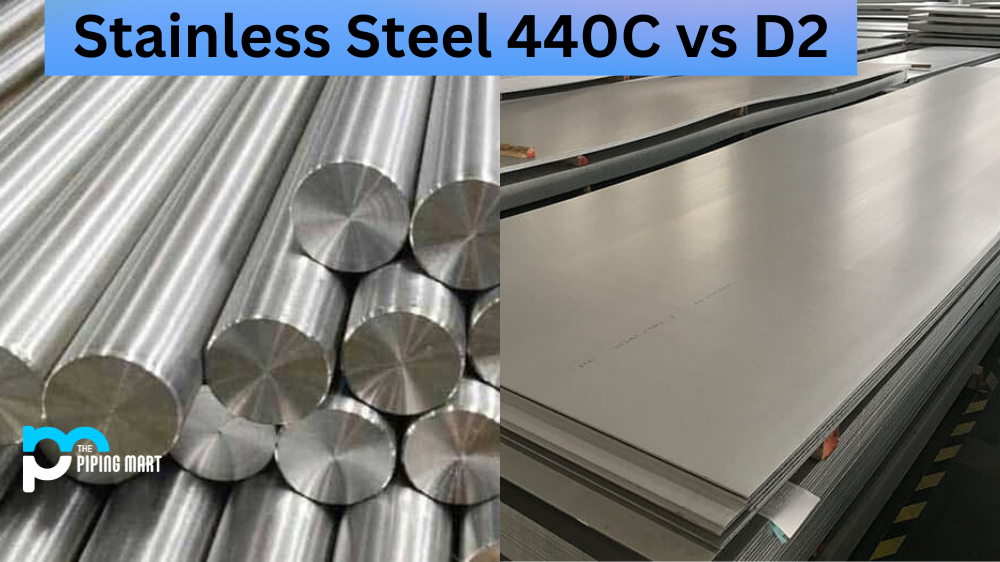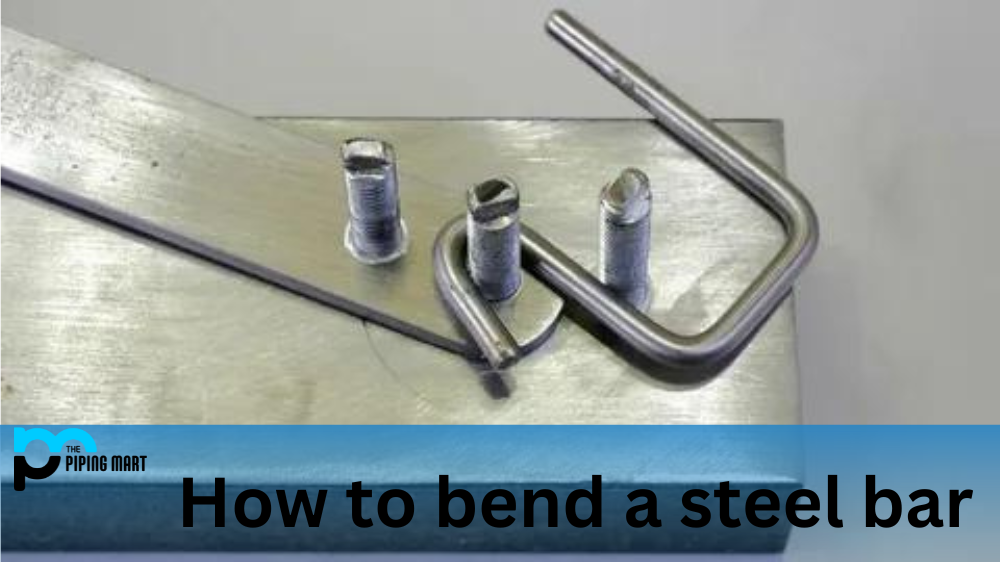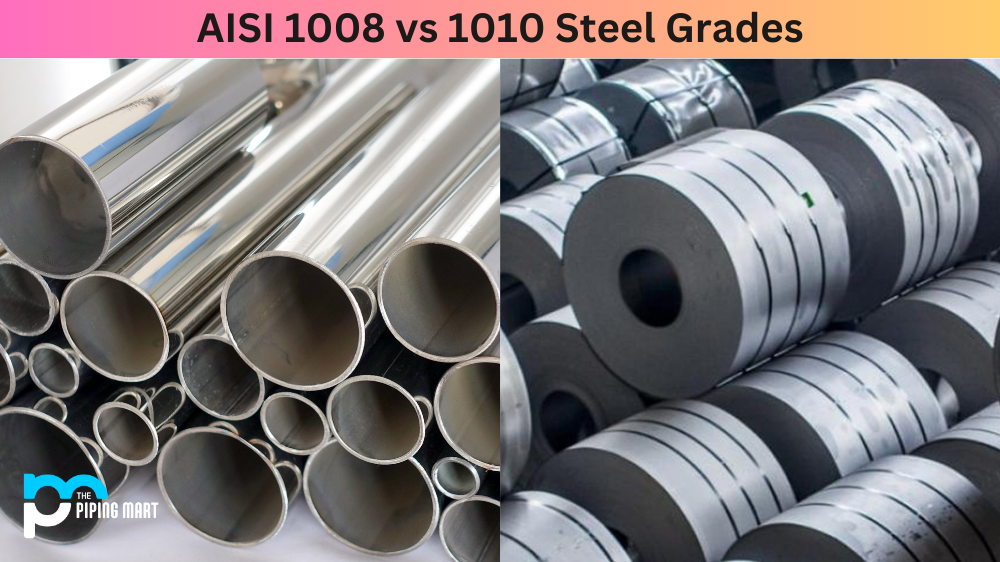Stainless steel is standard for knives, tools, and other cutting applications. But with so many stainless steel alloys available, it can take time to know which suits your needs. In this blog post, we’ll compare two popular stainless steel alloys—440C and D2—to help you make an informed decision.
What is 440C?
Stainless steel 440C (also known as “1.4125”) is a high-carbon martensitic stainless alloy with reasonable wear and corrosion resistance. It has the highest hardness of any stainless alloy, making it ideal for applications requiring extreme sharpness or edge retention. 440C also has excellent polishability thanks to its low carbon content. However, its toughness is often lower than other steels due to its high hardness.
What is D2?
D2 (also known as “1.2379”) is a semi-stainless tool steel that offers good wear resistance and excellent corrosion resistance. It has a relatively low carbon content but maintains superior hardness and edge retention thanks to its high chromium content (12%). Its toughness is generally higher than 440C due to its lower hardness, making it ideal for heavy-duty applications such as prying or chopping.
Difference Between Stainless Steel 440C and D2
Composition and Properties
Stainless steel 440C has a high carbon content that ranges from 0.95% to 1.20%. It is also enriched with chromium, which gives it excellent corrosion resistance and durability. This type of steel is known for its high hardness and resistance to wear and tear, making it popular for cutting tools, bearings, and surgical instruments.
On the other hand, D2 steel is a high-carbon, high-chromium steel that contains molybdenum, vanadium, and tungsten. Compared to 440C, D2 is tougher and more wear-resistant. It also has better edge retention, which is ideal for knife blades, woodworking, and industrial cutting tools.
Heat Treatment
Heat treatment is crucial in enhancing the properties of stainless steel. Stainless steel 440C is hardened through quenching and tempering. The process involves heating the steel to a specific temperature and then cooling it rapidly in water or oil to achieve maximum hardness. Afterwards, it is tempered at a lower temperature to improve its toughness.
D2 steel is also hardened through quenching and tempering. However, it requires more attention during heat treatment since it has a higher carbon content. If not correctly heat-treated, D2 can become brittle and difficult to work with.
Applications
Stainless steel 440C and D2 have distinct applications due to their unique properties. 440C is ideal for applications requiring high hardness, wear, and corrosion resistance. These applications include ball bearings, valve parts, and surgical instruments.
D2 steel, on the other hand, is popular among knife makers due to its excellent edge retention and toughness. It also manufactures industrial cutting tools, stamping dies, and woodcutting tools.
Cost
The cost of stainless steel varies depending on the type, quantity, and location. Generally, D2 steel is more expensive than 440C due to its higher alloy content and increased production costs. However, the cost should not be the sole factor in selecting the steel for your project. It would help if you considered the steel’s properties and applications to ensure you get the best value for your money.
Conclusion:
In conclusion, while stainless steel 440C and D2 have certain similarities, they are unique materials with distinct characteristics that make them ideal for specific applications. Stainless steel 440C is popular for its high hardness and corrosion resistance, while D2 steel is known for its superior toughness and edge retention. Both materials require proper heat treatment to achieve their maximum potential. The choice between 440C and D2 depends on the application’s requirements, budget, and personal preference.

Pipingmart is a B2B portal that specializes in metal, industrial and piping items. Additionally, we share the latest information and information about materials, products and various types of grades to assist businesses that are involved in this business.




